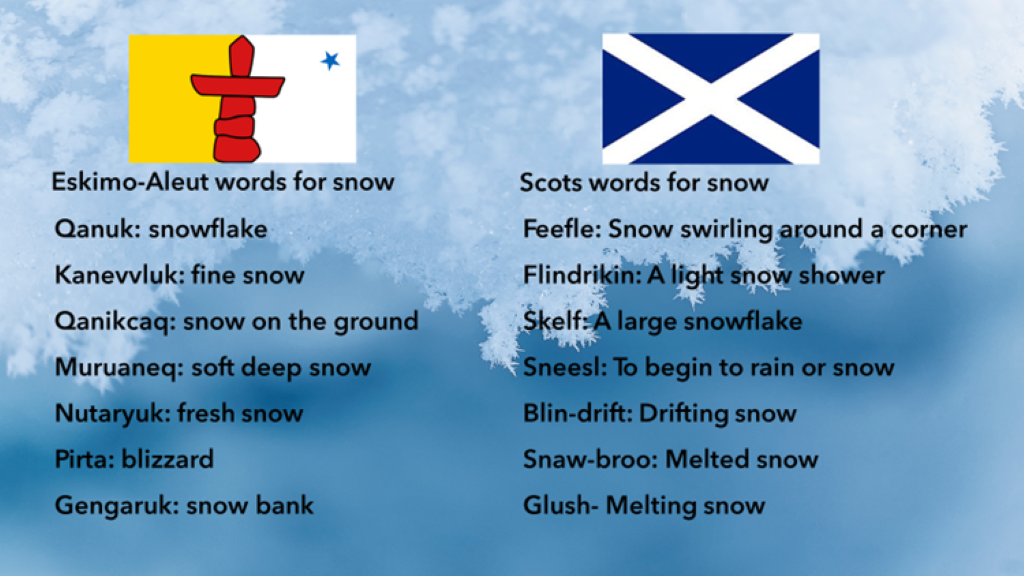Words, language, lexicon all feature heavily in our fast moving, ever evolving world. I had never considered how our vocabularies could expand to reflect our daily experiences. I assumed our English language was ordered and protected by dictionaries whose role was to choose what words were real and just made up. Here is a quotation that grabbed my attention in a recent McKinsey article:
“We allow our words to define us, but I think the natural order of things is that we define words. We imbue them with meaning. We pour ourselves into them. That is how it should be. We’re the ones that mean something. Ultimately, all words are made up.”
This quotation came from John Koenig, the author of The Dictionary of Obscure Sorrows. It is a book about how he creates words in order to better describe feelings and emotions, hence the title. He then goes on to say that these words can often find themselves becoming part of what we would call the English language.
As we know, language transcends borders. English, despite its richness and complexity, has been enhanced by a veritable smorgasbord of languages, which have introduced words such as entrepreneur, bungalow, glitch, graffiti, pyjamas, shampoo, and café.
It is often said that English punches below its weight when it comes to description. We may have heard that there are fifty Eskimo-Aleut words for snow. However, few will know that the Scots language leads the world for the number of words associated with snow, 421 to be precise. I wonder if this has anything to do with the weather being the main topic of our conversation, and the challenge of making it interesting and entertaining!
Dictionaries are often the benchmark which decides whether words are “real” or not. Yet dictionaries are compiled by committees who review words already in use and decide what words deserve to be listed, thereby becoming officially “real”. The reality is that words are merely an arrangement of letters we use as building blocks to communicate which knows no limits.
Officially the English language, according to the Oxford English Dictionary (OED), has over 600,000 terms. However, the English vocabulary has been estimated at one million words. The OED, interestingly, has listed 47,156 words that are classed as obsolete, which is an interesting, if confusing, term. Are they never to be uttered again?
One example of a word created by John Koenig is “immerensis” describing the feeling of not understanding why someone loves you. As his book title suggests, the area of emotions provide rich fishing grounds when searching for new more personal descriptions of experiences and moods.
Research plays a big part in the process. He found the root of the Latin word immerens meaning undeserving and expanded it to sound more descriptive. It all starts with the root meaning, or purpose behind a word. How many have used or heard of Wiktionary the dictionary run by the Wikimedia Foundation. For some it represents the new generation of dictionaries as it provides words and definitions in many different languages allowing the reader to interpret their feelings in a more creative and personal way.
“I sincerely believe that nobody is alone in how they feel. There are no emotions in this book or anywhere that are only ever felt by one person.” John Koenig’s mission was to find innovative words that relate more intimately with the individual’s situation, reminding people that many have been there before, and will find themselves there again. But those who have travelled that path before can help guide and encourage others, reminding them that they are never alone.
Those of you who know Simon and Tim’s work standards (our financial planners) will have come to appreciate the rigour applied to language, accuracy, and most of all grammar. The ability to communicate clearly and consistently is now a stated goal of the financial regulator the FCA. They have recently introduced a new piece of regulation known as the Consumer Duty. One of the key aims is to ensure clients receive communications that are easy to follow, informative, and not designed to impress with unnecessary technical jargon.
We work hard to ensure our use of language can take complex technical concepts and break them down into accessible guidance and descriptions of what is effectively going on behind the scenes. We take great care to be accurate and comprehensive in our communications. We want those on the receiving end to feel informed and comfortable that they understand the purpose of all the moving parts and the processes that sit behind them.
Relationships are built on trust, experience, and keeping your promises. The language used both spoken and in print plays a huge part in building that trust.

